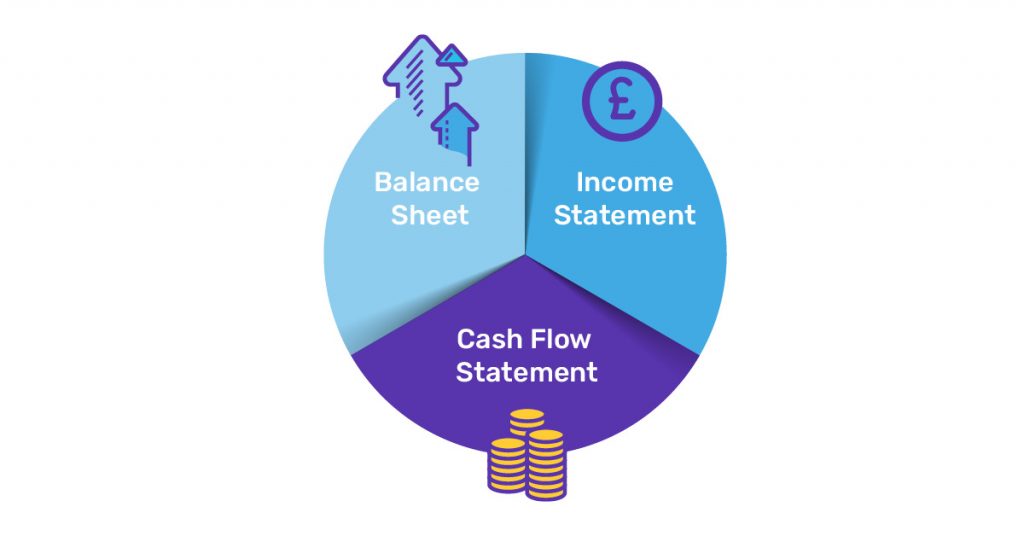Established enterprise or startup freelancer? Making sense of financial projections is key to hitting short and long term business goals. Applying for a loan? You need to prepare financial forecasts. Creating a business plan? You’ll definitely need to include financial projections. Want to scale and grow? You guessed it – financial projections are vital to map out budgets and potential growth
Below, we outline the what and how behind taking control of your financial forecasting. Discover also why collecting payments via Direct Debit is a must for improved cash flow.
What are financial projections?

First things first, let’s define what we mean by the term “financial projections”. At a basic level, financial projections are simply an estimate or forecast of what revenues are due to come into the business and what expenses are expected to go out of the business.
Projections are typically based on past, historical data from internal sources alongside predictions relating to external factors such as market conditions.
Do I need to use a template for financial projections?
There is no shortage of financial projections templates available online. However, when drafting financial forecasts, it is beneficial to vary your presentation – use graphs or charts to break up your data and offer visual relief from heavy text and numbers. Clarity is what matters.
How to prepare projected financial statements

Financial projections should include three key financial documents:
- Balance sheet: an overview of your business’ net worth based on assets, liabilities and equity.
- Income statement: typically broken down into revenue, expenses, total income, net income and income taxes.
- Cash flow statement: detailing cash revenue, cash disbursements and reconciling the two.
When creating financial projections it is also wise to include an overview. This is so that you can quickly and concisely summarize the data presented.
More than anything, It is important that you are also realistic in your predictions. For example, your payment terms may state 30 days but this does not always mean that you receive payment within that term. According to the latest statistics, most companies wait 57 days to get paid. Your projections need to take such fluctuations into account.
Find out how to calculate average debtor days for your business.
Make your cashflow predictable with Direct Debit
Projecting finances first depends on predictable cash flow and this is where Direct Debit can help. Add Direct Debit into your payment collections mix to get paid on time, every time. Direct Debit puts you back in control of your cash flow by automating the payment collection process.
What’s more, outsource your Direct Debit requirements to an established Bacs Bureau such as FastPay, and the initial outlay and expense of Bacs software is all taken care of. As for ongoing fees, FastPay offer cheap Direct Debit fees from as little as 3p a transaction.
Take control of your financial future with FastPay
Want to know more about how Direct Debit can help your business cash flow?
Call 0161 737 5290 to speak with a member of the FastPay team. Alternatively, go online to find out more about FastPay’s direct debit solutions.
Alternatively, you can request more information using our online contact form.












